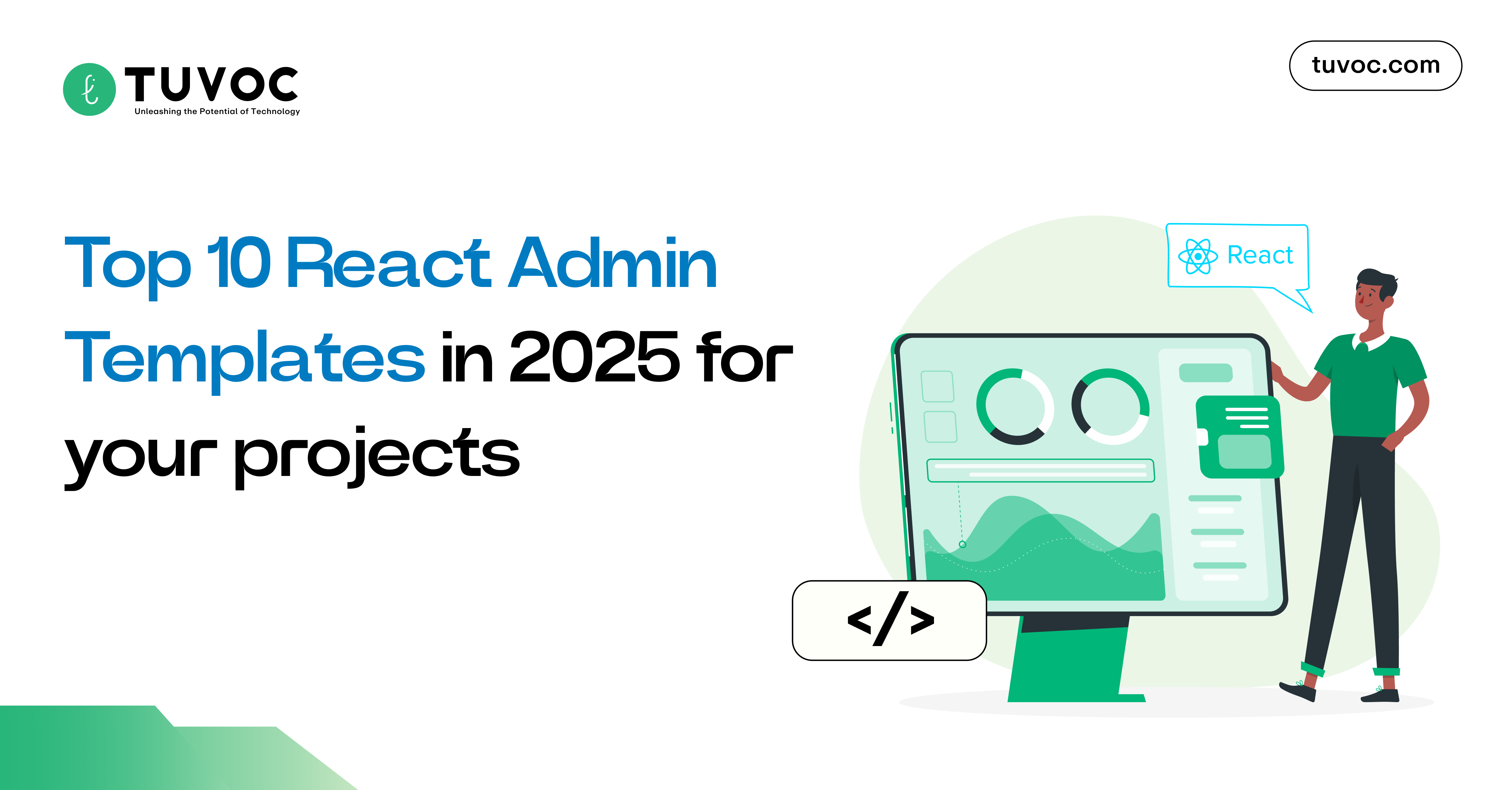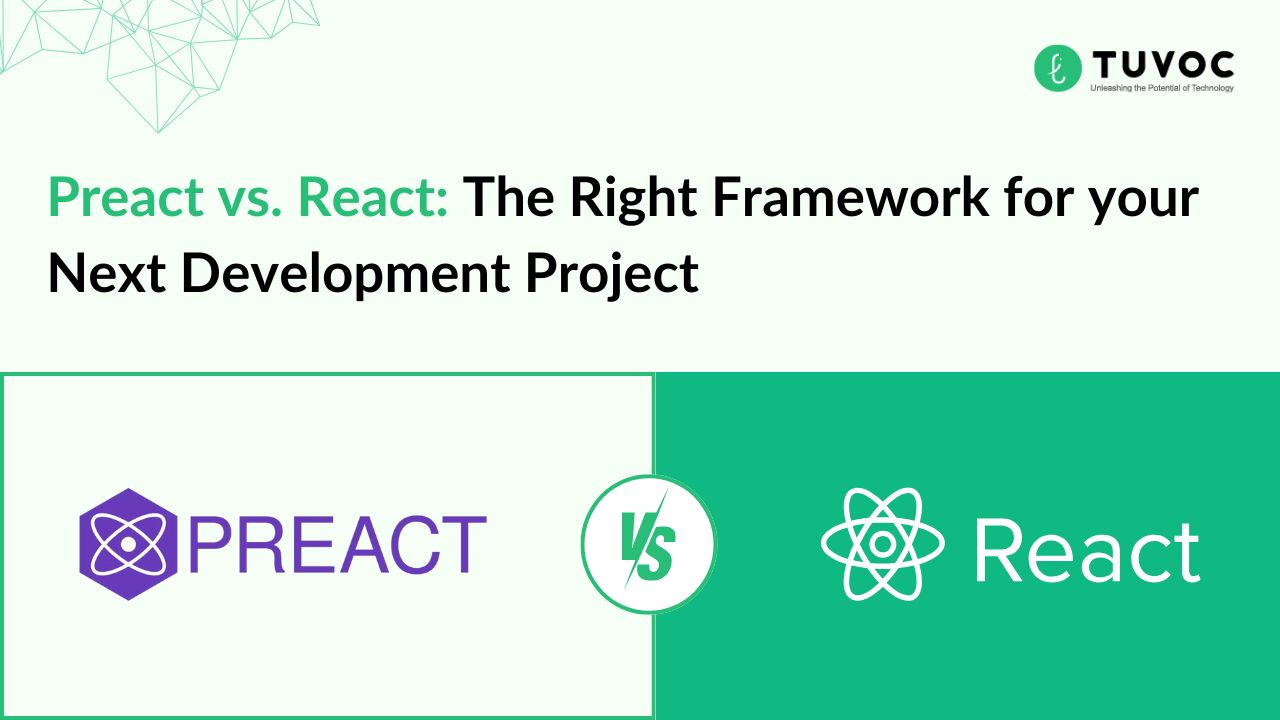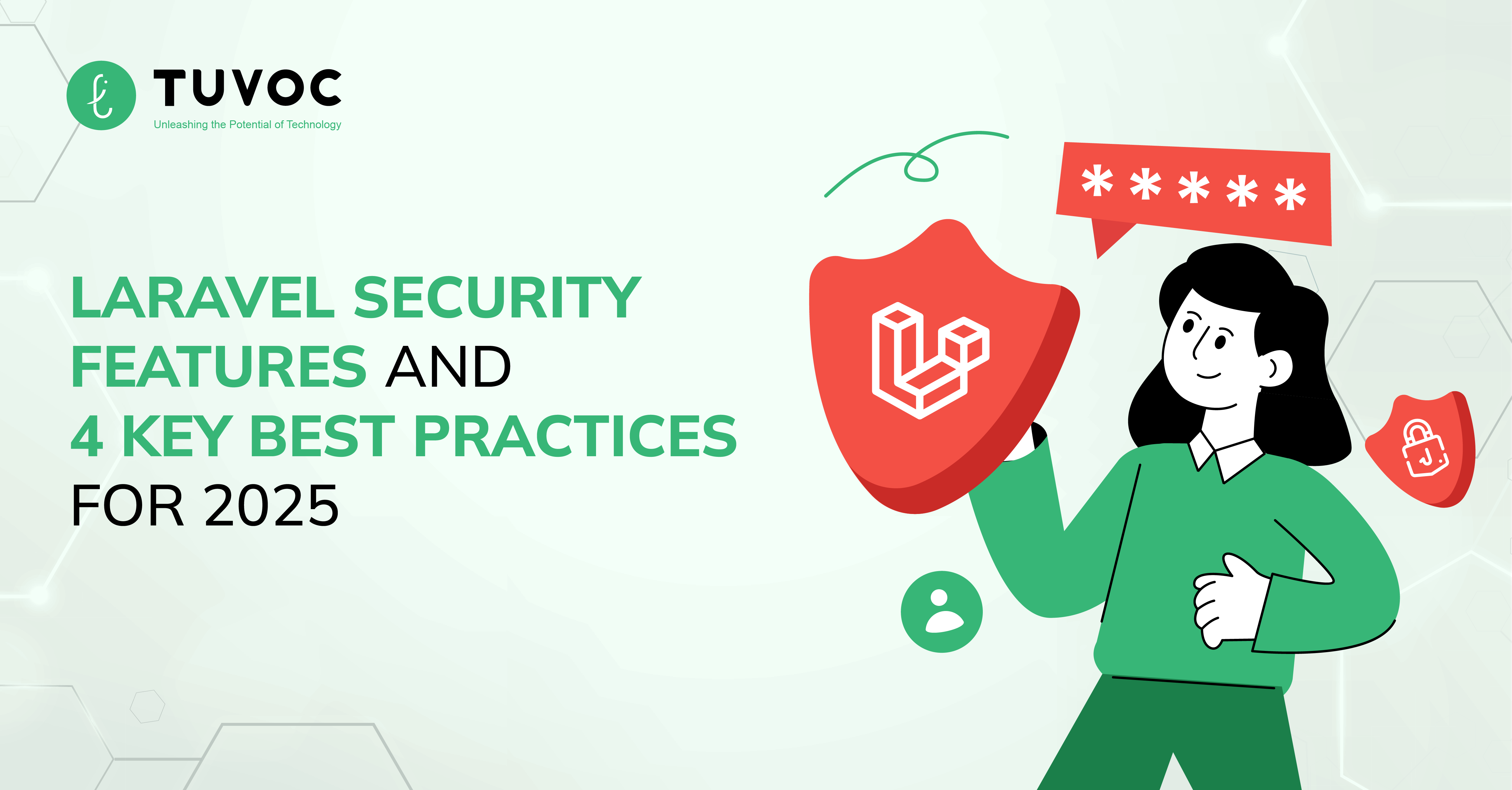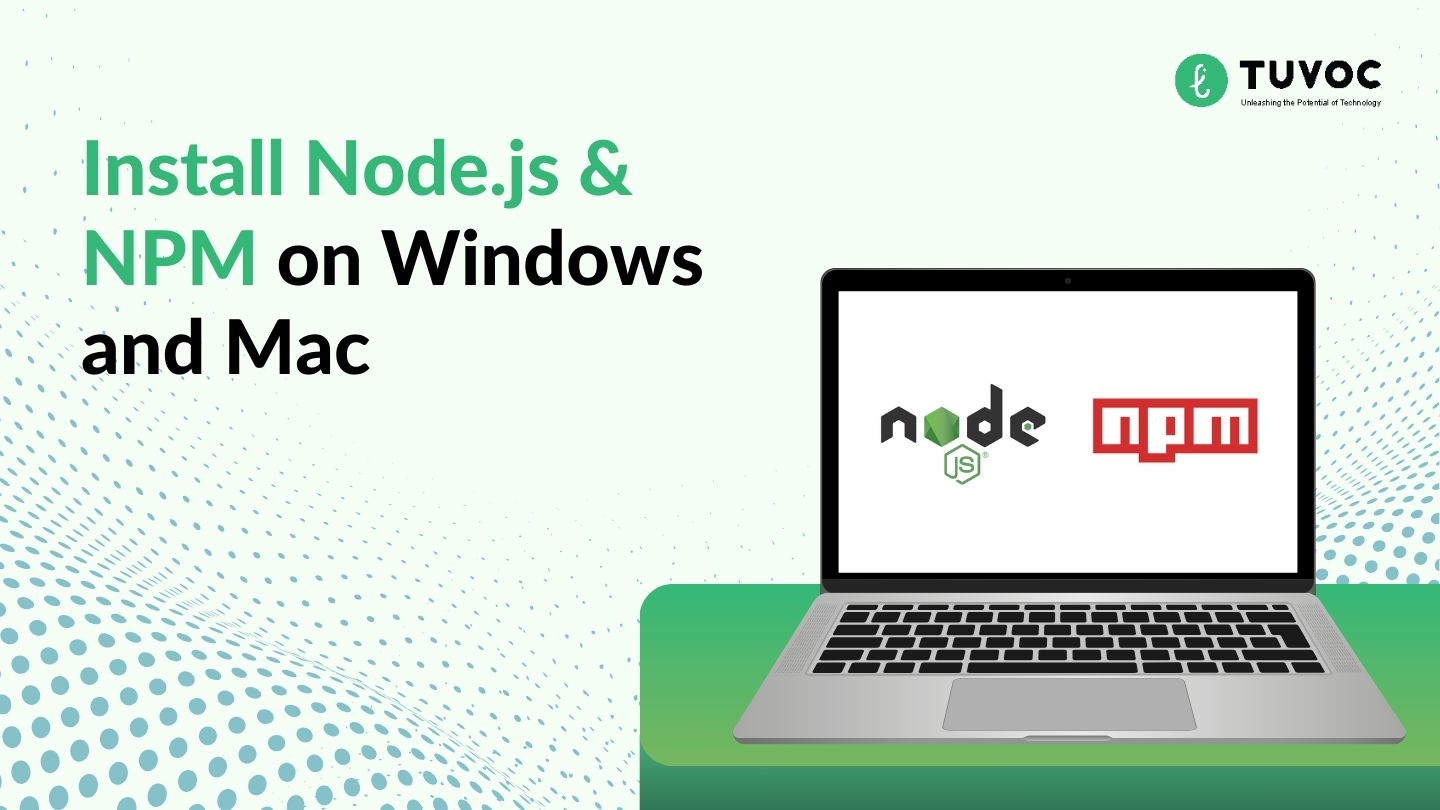What Does It Cost to Build a Custom App in 2025?
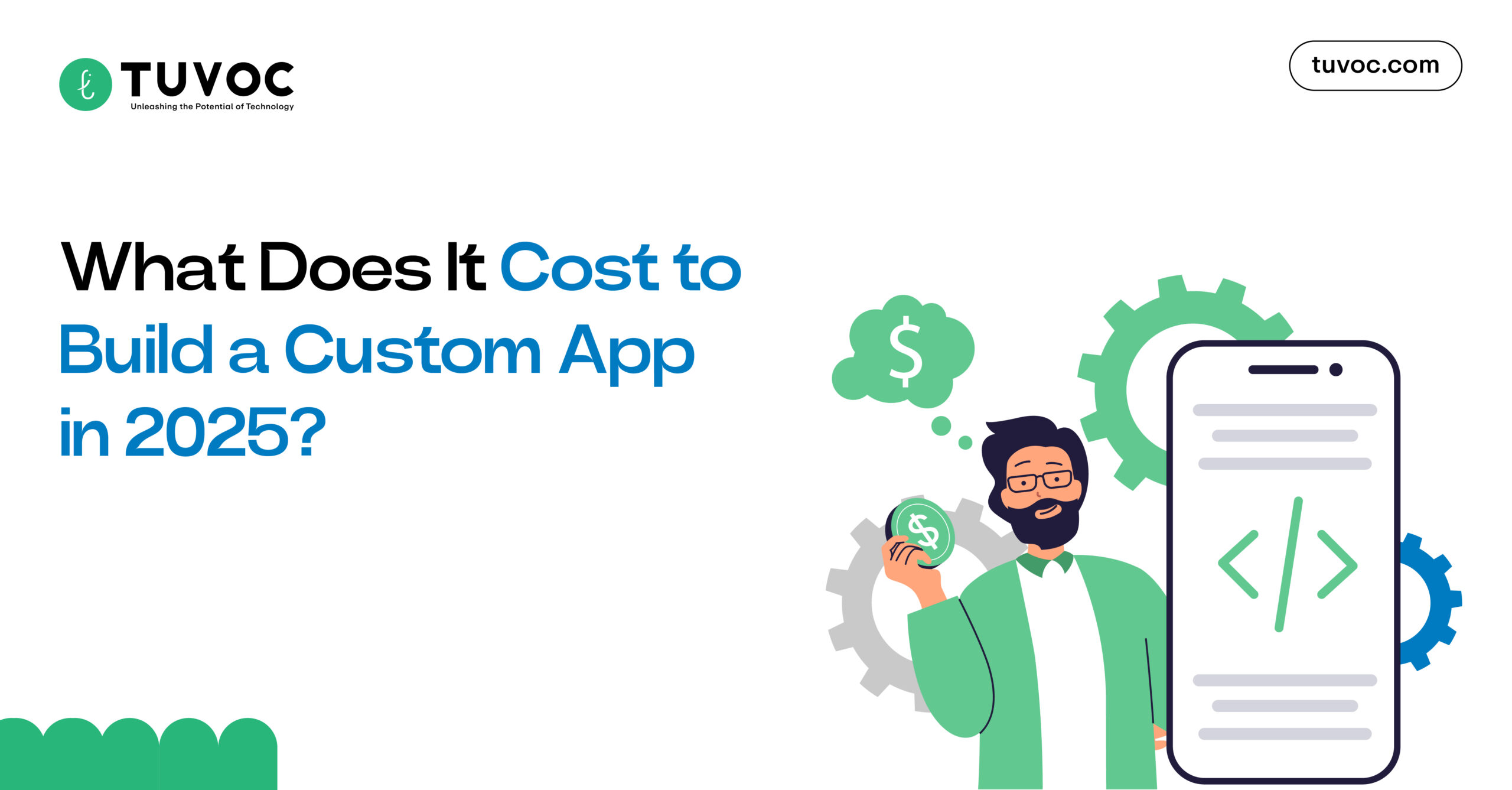
We are living in an age where we are surrounded by technology, and the need for custom software solutions is at an all-time high. As businesses strive to remain all competitive and deliver unique user interfaces and experiences, many are asking “What does it cost to build a custom app in 2025?”
Whether you are considering developing a mobile app or a web-based solution, understanding the costs associated with the custom application development services is extremely important. In this comprehensive guide, we will break down each and every aspect of the app development process from the initial stage of discovery to ongoing maintenance support, and provide you with a detailed cost analysis that will help you make an informed decision when and if you choose to build your own unique custom app.
The Growing Demand for Custom Apps in 2025
Over the past couple of years, the market for custom apps has grown at an unprecedented speed. In 2025, custom app development isn’t just some option; it has become a necessity, a strategic necessity for businesses across all sorts of industries. With advancements in artificial intelligence (AI), augmented reality (AR), and cross-platform technologies, companies are now able to build solutions that are much more efficient, scalable, and tailored than ever before. As a trusted custom app development company, Tuvoc Technologies we have witnessed the whole thing firsthand. The increase in demand for quality solutions that not only match the unique business process but also deliver a great customer experience.
Investing in a custom app is about more than just having a digital presence—it’s about creating a tool that is perfectly aligned with your business goals. Whether you need a custom mobile app development service or wish to explore custom web app development options, understanding your app development cost is the first step toward a successful project.
Why Invest in a Custom App?
Custom apps bring several advantages over off-the-shelf solutions. Here, we explore these benefits in depth:
Tailored Solutions for Unique Business Needs
- Personalized Functionality: When you choose to build a custom app, you are investing in the software that is designed to meet your specific operational requirements. Unlike pre-packaged software, a custom app allows you to add features that directly address your business challenges, whether it has a unique workflows, specialized data handling, or some exclusive integrations with other systems.
- Enhanced User Experience: A thoughtfully designed custom app prioritizing UI/UX for your target audience. This meticulous attention to detail boosts customer satisfaction and enhances engagement and retention. When users experience a smooth and intuitive interface, the app genuinely reflects your brand’s identity.
Improved Efficiency and ROI
Streamlined Processes: Custom apps can automate repetitive tasks and integrate with existing enterprise systems, thereby reducing manual work and errors. This translates into faster operations and cost savings over time.
Scalability: As your business grows, your own individual custom app can too with it. With a flexible and scalable architecture, custom solutions can evolve to support additional features, better traffic loads, and integration with emerging technologies, all without the limitations imposed by off-the-shelf software.
Competitive Advantage
Differentiation in the Market: A custom app provides you with the freedom to innovate. By offering features and services that competitors lack, you can effectively differentiate yourself and position yourself as a leader in your industry.
Brand Consistency: Custom application development services enable you to create an app that strengthens your brand identity through distinctive visuals and personalized user interactions. This fosters a seamless experience across all digital touchpoints.
Factors Influencing App Development Costs
Determining the cost to build a custom app involves a careful analysis of several critical factors. Each element plays a significant role in shaping the overall budget. Here’s a detailed look at these factors:
1. App Complexity
The level of complexity of your app is often the single largest determinant of cost. Consider the following aspects:
Simple Apps: Typically include basic functionality such as user registration, basic UI screens, and minimal integration with external services. The development timeline might be short, and costs can range from $5,000 to $50,000.
Medium Complexity Apps: These apps include additional layers such as user dashboards, data synchronization, and third-party integrations (e.g., payment gateways, social media APIs). They require more robust backend infrastructure and can cost anywhere from $50,000 to $100,000.
Highly Complex Apps: Feature-rich applications with advanced features like AI-driven recommendations, real-time data processing, and multi-platform support. Such projects demand extensive development time and sophisticated architecture, with costs that can exceed $250,000.
In every scenario, the more complex the logic and the number of features, the higher the overall software application development cost.
2. Platform Choice: iOS, Android, and Web
Your target platform(s) significantly impact both cost and development time:
Native App Development: Building separate apps for iOS and Android can be costlier but allows for maximum performance and seamless integration with platform-specific features. Generally, the cost of building a custom app for business in 2025 is higher for native iOS development due to its strict design guidelines and higher labor rates.
Cross-Platform Development: Using frameworks like Flutter or React Native allows you to create a single codebase for both platforms, often reducing the App Development Cost by 25–35%. However, this approach might involve trade-offs in terms of performance and access to certain native features.
Custom Web App Development: A web-based solution might be more cost-effective if your primary audience is reached through browsers. This option is particularly appealing when you need a scalable, multi-device solution without the need for app store distribution.
3. Features and Functionality
Every additional feature increases the development cost. Some key functionalities include:
User Authentication and Profiles: Secure login, profile creation, and management are fundamental components that require careful design.
Payment Integrations: Incorporating payment gateways (such as PayPal, Stripe, or Apple Pay) adds layers of security and functionality, increasing costs.
Real-Time Updates and Notifications: Essential for apps that rely on live data, these features require robust backend support.
Advanced Features: Integration of AI-powered elements, augmented reality, geolocation, and IoT connectivity not only adds to the development time but also to the overall complexity and expense.
APIs and Third-Party Services: Each external integration (for analytics, messaging, or social media) can add an extra fee. Detailed cost analysis for custom app development in 2025 must consider these recurring expenses.
4. UI/UX Design
Design is more than just aesthetics—it’s about creating an engaging and efficient user experience:
Custom vs. Template Designs: A fully customized UI/UX design involves detailed market research, iterative testing, and refinement, often rounding around 20-25% of your total project budget. While standard templates can reduce costs, they may not provide the unique experience to differentiate your brand.
Interactive Prototypes: Detailed prototypes that closely mimic the final product help refine the user journey, reduce post-launch revisions, and ensure a smoother development process.
Brand Integration: Ensuring that the app reflects your brands identity through custom elements, animations, and visual storytelling is extremely important, especially if you are placing yourself as the provider of the best custom web app development services.
5. Backend Infrastructure
A reliable backend is the backbone of any robust application:
Server and Database Management: The choice of server architecture (cloud-based or on-premises) and database management systems will directly affect costs. A scalable backend that can handle peak loads and secure sensitive data is essential.
APIs and Integrations: Developing secure and efficient APIs for internal and third-party integrations contributes significantly to the custom software solutions price.
Security Measures: Implementing encryption, compliance checks (such as GDPR), and regular security audits are non-negotiable aspects that add to the overall mobile application development costs.
6. Development Team Location
The geographical location of your development team can be a major cost variable:
North America and Western Europe: Teams in these regions typically command higher hourly rates due to higher living costs and a competitive market.
Eastern Europe, Latin America, and South Asia: Often offer high-quality development at more affordable rates, making them attractive options for businesses looking to balance cost with quality.
Hybrid Approaches: Some companies choose a blend of in-house and outsourced teams to optimize both control and budget efficiency.
Choosing the right custom app development company or assembling an effective in-house team is essential to managing costs while ensuring top-quality results.
2025 App Development Cost Breakdown
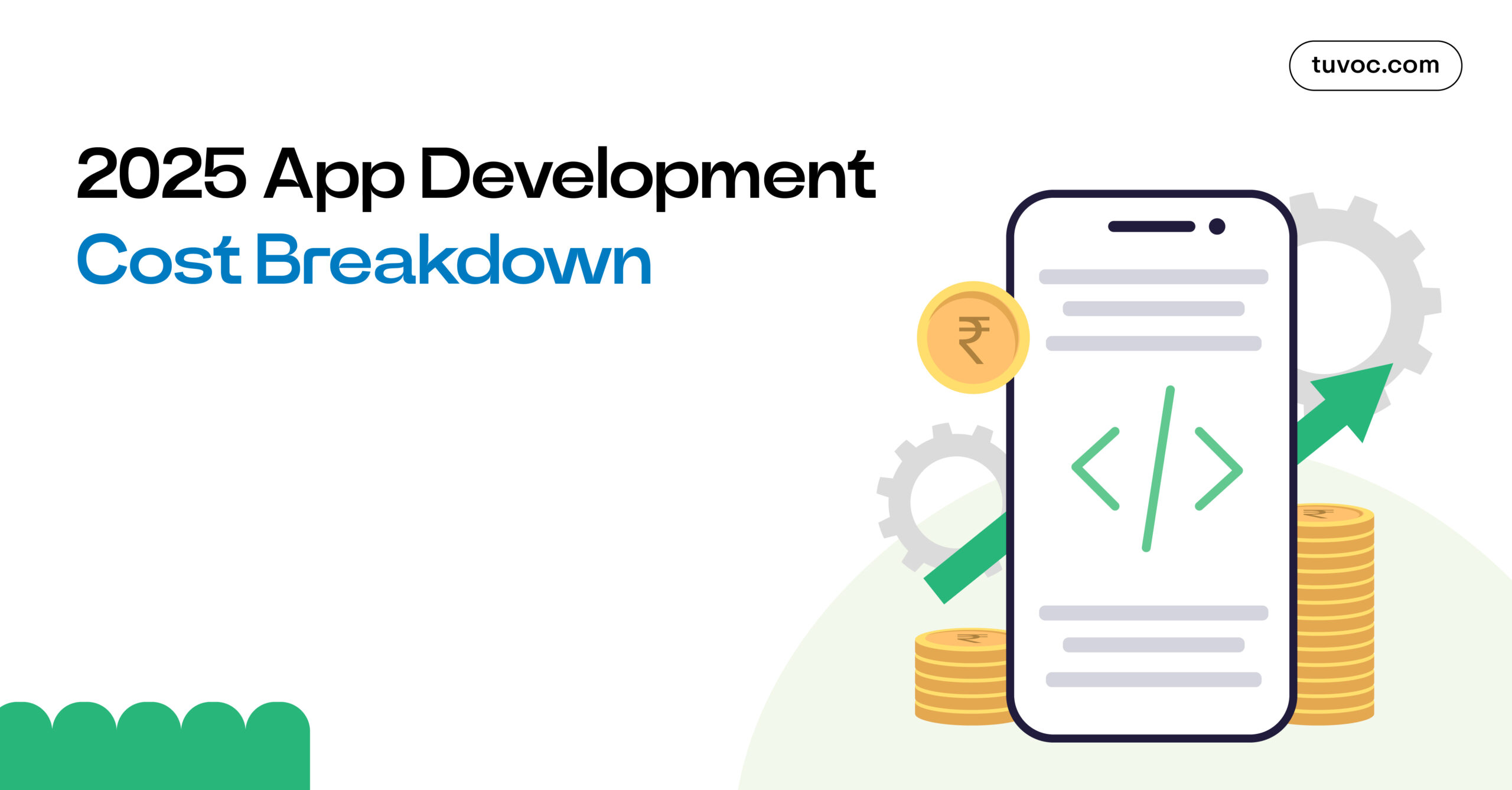
To help you understand where your budget is allocated, here is a detailed breakdown of a typical custom app project budget:
1. Discovery Phase (10–15%)
Scope and Requirement Analysis: This stage involves extensive market research, competitor analysis, and business requirement gathering. Experts work with stakeholders to define the project roadmap and technical specifications.
Cost Range: Typically, this can account for 10–15% of the total budget. For example, on a $100,000 project, the discovery phase might cost between $10,000 and $15,000.
2. Design Phase (20–25%)
UX and UI Design: Creating wireframes, interactive prototypes, and final high-fidelity designs. This phase ensures that the app not only looks appealing but also provides an intuitive user experience.
Cost Considerations: Depending on the complexity and number of screens, design costs can vary significantly. Custom designs that reinforce your brand identity are a worthwhile investment—even if they push your overall cost higher.
Cost Range: Typically represents 20–25% of your total budget.
3. Development Phase (40–55%)
Front-End and Back-End Development: The core coding phase where developers build the app’s functionality. This includes writing code for the user interface, integrating APIs, building databases, and setting up servers.
Customization and Integration: Custom features, third-party integrations, and backend infrastructure fall under this umbrella. This phase is the most resource-intensive and can vary greatly based on the app’s complexity.
Cost Range: Often constitutes 40–55% of the total project budget.
4. Testing and Deployment (10–15%)
Quality Assurance (QA): Rigorous testing is critical to ensure that the app functions flawlessly under all conditions. This includes functional testing, performance testing, and security audits.
Deployment: The process of launching the app on app stores (for mobile apps) or deploying to production servers (for web apps).
Cost Range: Generally represents 10–15% of the overall budget.
Together, these stages provide a comprehensive picture of how a budget is allocated across different aspects of the app development process. This detailed breakdown ensures that you understand not only the final price tag but also the value each phase adds to your project.
Hidden Costs to Consider
Even after you’ve calculated the primary development expenses, several hidden costs can significantly impact your overall budget:
Maintenance and Updates
Ongoing Support: Once your app is live, you’ll need to invest in regular updates, bug fixes, and performance enhancements. Annual maintenance is usually estimated at 15–20% of the initial development cost.
Future Scalability: As your user base grows, so do the demands on your backend systems and APIs, which may require additional investments.
Marketing and Promotion
App Store Optimization (ASO): Getting your app noticed in crowded app stores requires strategic marketing efforts, including ASO, paid advertising, and influencer collaborations.
Customer Acquisition: Costs associated with digital marketing campaigns (SEO, social media, email marketing) must be factored into your budget if you plan to drive user downloads and engagement.
Third-Party Integrations and Licensing Fees
API Subscriptions: Whether you’re integrating payment gateways, analytics tools, or communication platforms, many third-party services come with recurring fees.
Software Licenses: Depending on your tech stack, you may need to budget for licenses and premium tools that enhance the functionality of your custom app.
Security and Compliance
Data Protection: Implementing robust encryption, securing APIs, and ensuring compliance with industry standards (e.g., GDPR, HIPAA) are critical for protecting user data. These measures can add a substantial cost if not planned from the start.
Tips for Optimizing App Development Costs
While custom app development involves a significant investment, there are strategic ways to optimize costs without compromising on quality:
1. Define Clear Requirements Early On
Thorough Planning: Invest in a detailed discovery phase to map out exactly what your app needs. This reduces scope creep and avoids costly mid-project changes.
Documentation: Clear, detailed specifications help all stakeholders remain aligned and streamline the development process.
2. Prioritize Essential Features with an MVP
Start Small: Launch with a Minimum Viable Product (MVP) that includes only the core functionalities needed to test your concept and gather user feedback.
Iterative Development: Once the MVP is validated, you can gradually add features based on real user data, ensuring that every investment drives measurable value.
3. Choose the Right Development Approach
Agile Methodologies: Agile development allows for iterative releases and flexible adjustments. This model helps manage unexpected challenges while keeping the project on budget.
Low-Code/No-Code Tools: For certain components, these platforms can accelerate development and reduce costs, especially during the prototyping phase.
4. Carefully Select Your Development Team
Experience and Portfolio: Whether you partner with a leading custom application development company or assemble an in-house team, review past projects and client testimonials.
Global Resources: Consider teams in regions that offer competitive rates without compromising quality. Many businesses successfully work with teams from Eastern Europe or South Asia to balance cost and quality.
5. Plan for Long-Term Maintenance
Budget for Support: Don’t let your development budget end at deployment. Plan for annual maintenance, regular updates, and eventual scaling to ensure your app remains competitive over time.
Case Studies and Examples
Many businesses have successfully navigated the custom app development process using the strategies described above. For example:
Retail Sector Transformation: A well-known retail brand partnered with a custom app development company to create a mobile shopping app. By starting with an MVP and iterating based on user feedback, the company was able to streamline inventory management and increase online sales—all while maintaining a controlled development cost.
Enterprise Solutions: A large enterprise in the finance sector developed a custom web app that integrated advanced security features and real-time data processing. Through careful planning and leveraging a skilled offshore team, the project stayed within budget and delivered a high-quality, scalable solution.
These examples highlight the importance of understanding your custom software cost upfront and working with experienced professionals who can balance innovation with fiscal responsibility.
Conclusion
Understanding the app development budget in 2025 is crucial for making a smart investment in custom software solutions. Every aspect—from the initial discovery phase through design, development, and post-launch maintenance—affects the overall software application development cost. By focusing on the unique needs of your business and working with experienced partners like Tuvoc Technologies, you can build a custom app that not only meets your functional requirements but also drives long-term value.
With strategic planning, careful feature prioritization, and expert guidance, you can navigate the complex world of custom app development services confidently. Whether you need custom mobile app development services or are exploring options for custom web app development, our team is ready to help you turn your vision into a reality. Contact us today for a consultation and let us show you how a well-planned custom app can transform your business.
By Tuvoc Technologies – Leading the way in innovative App Development and comprehensive a custom application development services.
FAQs
The cost varies widely depending on complexity, features, and the development approach. A simple app may start around $10,000 to $60,000, whereas medium and highly complex apps can range from $60,000 to over $250,000.
Custom mobile app development services consider platform-specific requirements, design complexity, backend infrastructure, and additional integrations. Detailed cost analysis for custom app development in 2025 shows that costs can be managed with an MVP approach and agile development practices.
Key factors include app complexity, platform choice (native vs. cross-platform), feature set, UI/UX design quality, backend infrastructure, and the location and expertise of the development team.
Start with a clear set of requirements, develop an MVP, choose a flexible development approach, and select a team with a proven track record. Planning for ongoing maintenance and leveraging cost-saving tools (like low-code/no-code platforms) can further reduce expenses.
